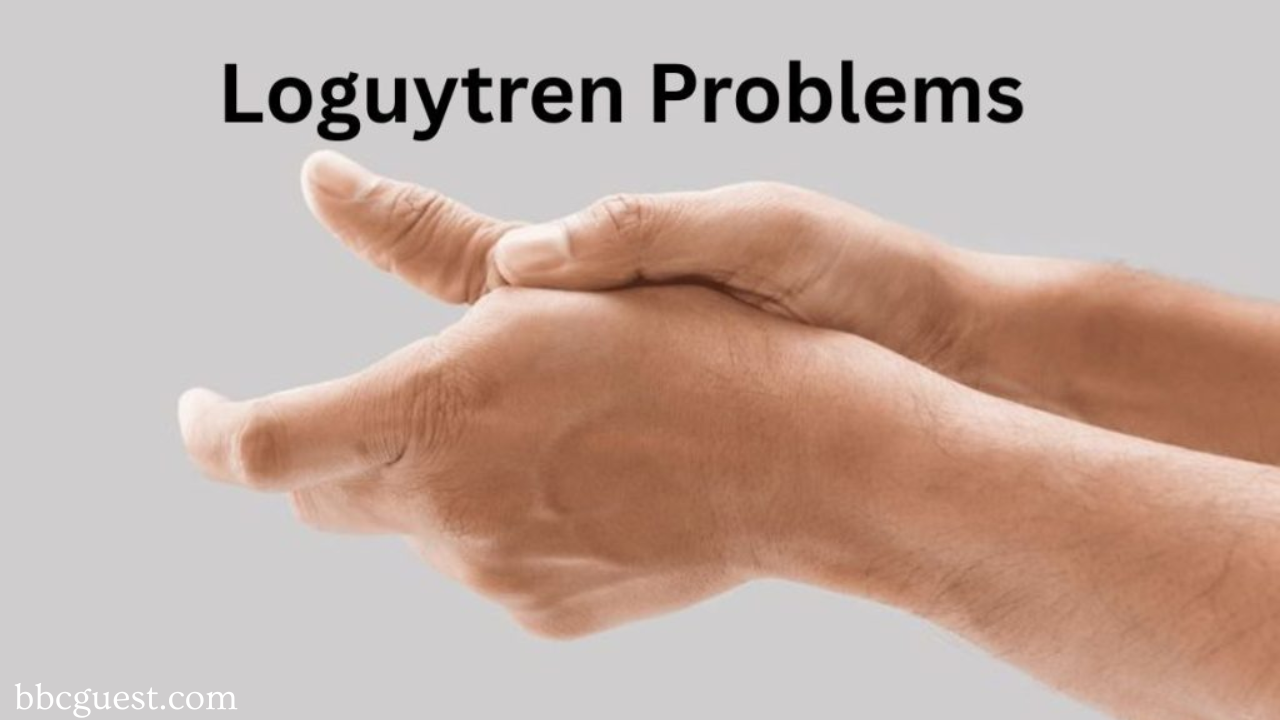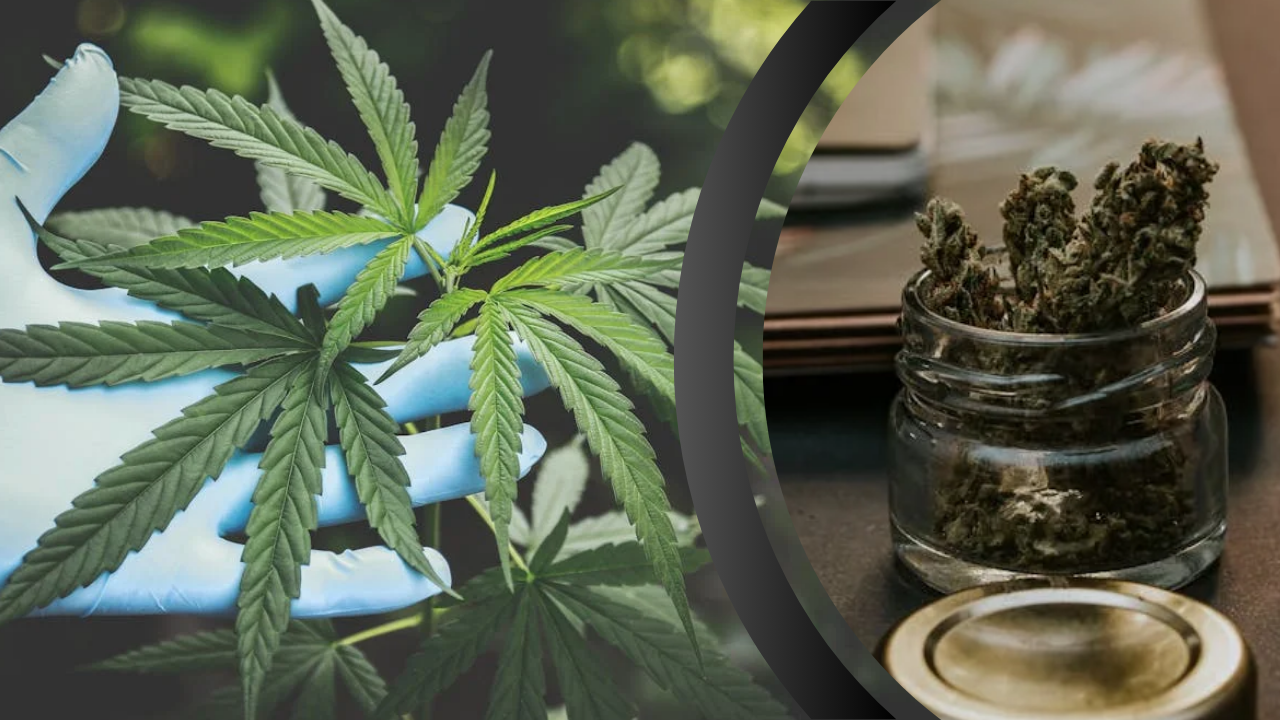What is Loguytren’s Disease?
Loguytren’s disease, also known as Dupuytren’s contracture, is a progressive medical condition that affects the connective tissue beneath the skin of the palm and fingers. Over time, this disorder causes the fingers—usually the ring and little fingers—to bend towards the palm and resist straightening. It can significantly impair hand function, limiting daily tasks such as gripping, typing, or shaking hands.
Causes of Loguytren’s Contracture
While the exact cause of Loguytren’s disease remains unknown, several factors are believed to contribute to its development. Understanding these underlying elements is critical in identifying at-risk individuals and managing progression.
Genetic Predisposition
One of the most significant factors is heredity. People with Northern European ancestry are at higher risk, and it often runs in families, suggesting a genetic component.
Age and Gender
Loguytren’s disease most commonly appears in men over 50 years old. The condition is rarer in women and younger individuals, though not impossible.
Lifestyle and Health Conditions
Several lifestyle factors and health issues are associated with an increased risk of developing the condition:
- Smoking and alcohol consumption are linked to reduced blood supply to the hands.
- Diabetes is commonly associated, possibly due to changes in connective tissue metabolism.
- Seizure disorders and medications used to treat epilepsy may also be contributing factors.
Symptoms of Loguytren’s Disease
Recognizing the early symptoms of Loguytren’s contracture can lead to earlier intervention and more effective management.
Palmar Nodules
The condition often begins with small, firm lumps or nodules in the palm. These nodules are usually painless but can feel tender at first.
Thickening of the Fascia
As the disease progresses, the fascia—a layer of connective tissue under the skin—thickens and tightens, forming cords that pull fingers inward.
Finger Contracture
Eventually, affected fingers begin to curl towards the palm, making it difficult or impossible to fully extend them. This contracture may worsen over months or years.
Stages of Disease Progression
Understanding the stages of Loguytren’s disease helps in planning effective treatment strategies:
- Early Stage: Formation of nodules with minimal or no pain.
- Intermediate Stage: Development of cords and visible changes in finger movement.
- Advanced Stage: Permanent finger bending, loss of grip, and functional impairment.
Diagnosis and When to Seek Help
Diagnosis is often made based on a physical examination. A physician will assess the hand, test the range of motion, and may use the tabletop test—asking the patient to lay the hand flat on a surface. If the hand can’t lie flat, it indicates contracture.
Seek medical advice if:
- Nodules in your palm persist or grow.
- You have difficulty with finger extension.
- The condition interferes with daily activities.
Non-Surgical Treatments for Loguytren’s Contracture
In the early or mild stages, several non-invasive treatments may help manage symptoms and slow progression.
Needle Aponeurotomy
This is a minimally invasive procedure where a needle is inserted under the skin to break apart the thickened cords. It is effective for reducing contracture and requires minimal recovery time.
Collagenase Injections
An FDA-approved treatment, Collagenase Clostridium Histolyticum is an enzyme that softens and breaks down the cords. After injection, the doctor manipulates the finger to straighten it.
Physical Therapy
While it doesn’t reverse the disease, physical therapy can maintain flexibility and strength, especially after other treatments.
Surgical Options for Severe Cases
For advanced stages, where contracture severely affects hand function, surgery is often the most effective treatment.
Fasciotomy
A fasciotomy involves cutting the thickened fascia to release the tension in the fingers. It’s typically performed under local anesthesia.
Subtotal Palmar Fasciectomy
In this more involved procedure, the surgeon removes the diseased tissue entirely. Recovery is longer, but the results are usually more permanent.
Dermofasciectomy
For recurrent or severe cases, dermofasciectomy—removal of the fascia and overlying skin followed by a skin graft—may be required to prevent regrowth.
Post-Treatment Recovery and Rehabilitation
Rehabilitation plays a crucial role in regaining hand functionality. Whether the patient underwent surgery or non-surgical treatment, hand therapy and splinting are essential.
- Splints are worn especially at night to maintain finger extension.
- Stretching exercises help prevent recurrence.
- Regular monitoring by a healthcare provider ensures long-term success.
Prevention and Risk Management
There is no guaranteed way to prevent Loguytren’s disease, but you can reduce your risk and manage its impact by:
- Avoiding tobacco and excessive alcohol
- Managing chronic conditions like diabetes
- Performing regular hand stretches
- Seeking early treatment at the first signs
Living with Loguytren’s Disease
Though chronic and progressive, many people with Loguytren’s continue to lead productive and fulfilling lives. Modern treatment options have drastically improved outcomes and hand function preservation. Early diagnosis and proactive management make a significant difference in quality of life.
FAQs
Is Loguytren’s contracture painful?
Not usually. Most people experience little to no pain, though some may feel tenderness in the early stages.
Can it go away on its own?
No. Loguytren’s contracture is a progressive disease that typically worsens over time without treatment.
What’s the success rate of treatments?
Minimally invasive procedures and surgeries boast high success rates, especially when followed by proper rehabilitation.
Does it affect both hands?
Often, yes. Around 40–60% of patients experience symptoms in both hands, though one may be more affected than the other.
Is recurrence possible after treatment?
Yes. While treatments can restore finger movement, the condition may recur, especially without proper follow-up care.
Also Read: Newsletter from Shopnaclo The Latest Trends


